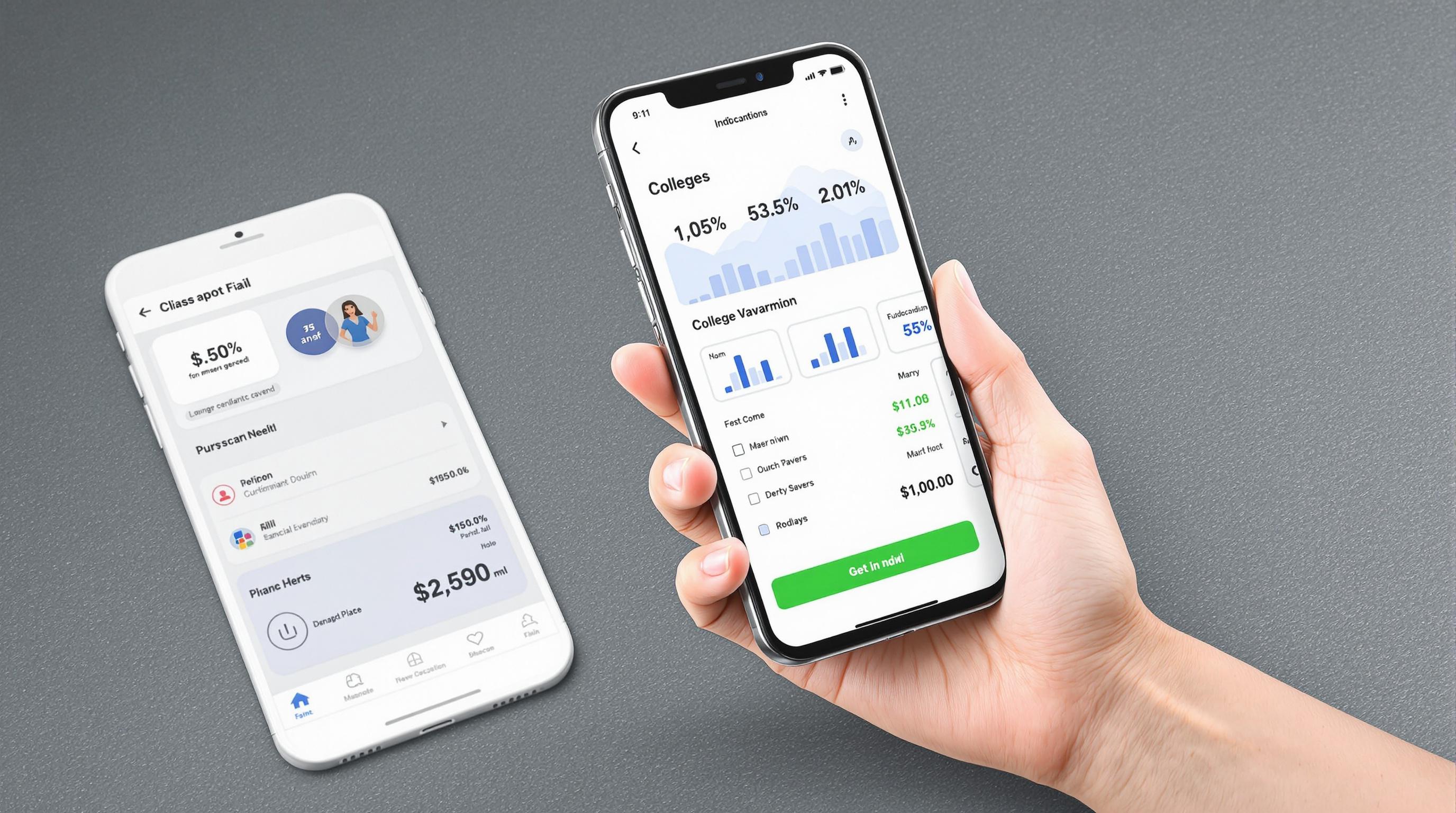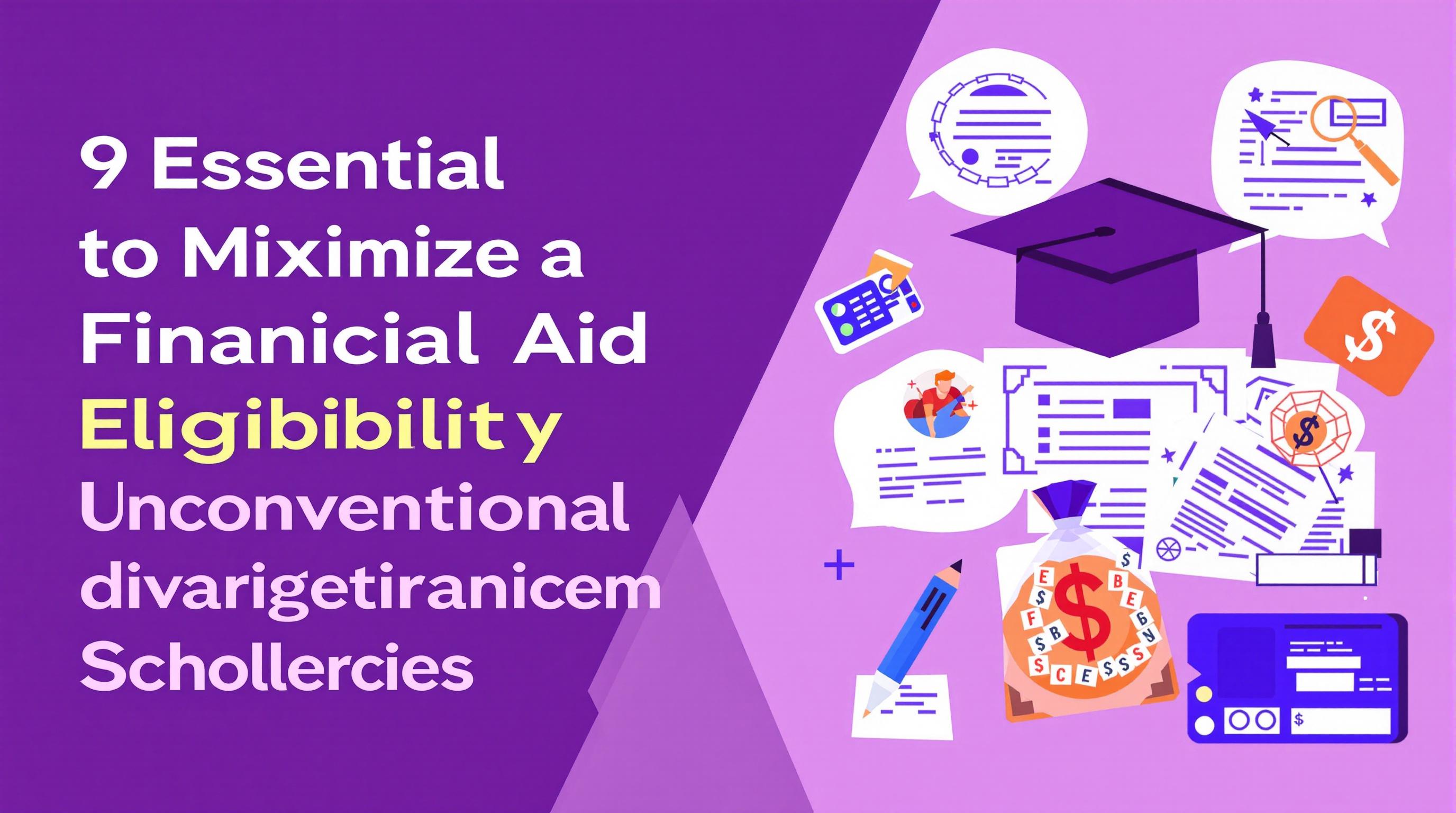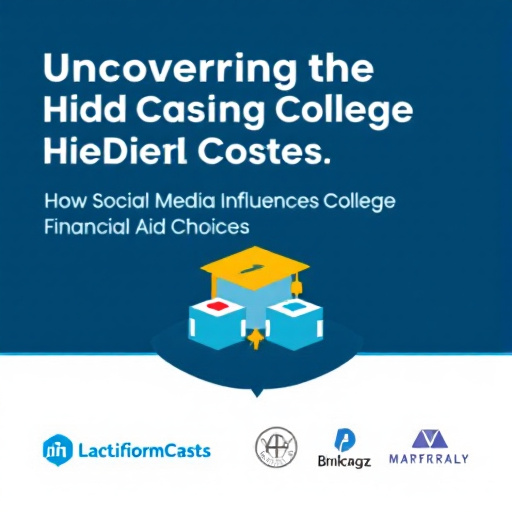Featured Articles
- 9 Essential Strategies to Maximize College Financial Aid Eligibility Through Unconventional Scholarship Sources
- From Grants to Gigs: How the Gig Economy is Shaping Modern College Financial Aid Options
- Redefining Financial Aid: How Social Media Influence Shapes College Funding Choices for Gen Z Students
- The Hidden Costs of College: How Unseen Expenses Derail Financial Aid Plans
- Top 6 Innovative College Savings Apps Released Since 2019 That Actually Boost Your Financial Aid Chances
"Uncovering the Hidden Costs: How Social Media Influences College Financial Aid Choices"
"Uncovering the Hidden Costs: How Social Media Influences College Financial Aid Choices"
In today's digital landscape, social media not only shapes individual identity but also impacts significant life choices, including college financial aid decisions. This article delves into the hidden costs associated with social media's influence on how students and families navigate the often complex arena of college funding.
The Social Media Landscape: A Double-Edged Sword
Social media is pervasive in our lives, especially among younger demographics. According to the Pew Research Center, as of 2021, 84% of 18 to 29-year-olds reported using at least one social media site. While these platforms connect us with friends, family, and new ideas, they also foster a culture of comparison and unrealistic expectations, particularly in areas like education and finance.
The Influencer Economy
Consider the rise of social media influencers who promote various colleges, scholarships, and financial aid opportunities. A college student, let’s call her Sarah, stumbled across an influencer on Instagram showcasing life at a private university. Intrigued by the glamorous lifestyle presented, she decided to apply, ignoring the facts about tuition costs and potential debt. Sarah's story is not uncommon. According to a survey by The College Initiative, over 60% of students reported feeling pressure to conform to the educational choices that their peers or influencers seemed to advocate.
Personal Stories: The Real Costs of Social Media Choices
Take Jake, a high school senior who decided he wanted to attend an Ivy League school. After constantly scrolling through TikTok videos showcasing supposed student experiences, he developed a skewed perception of the admissions process and potential scholarships. His fixation on prestige led him to disregard less expensive but equally reputable schools. Eventually, Jake racked up significant expenses in application fees and standardized testing prep, amounting to over $2,000—all influenced by the shiny, edited portrayals of campus life seen online.
Case Study: The Brown Family
The Brown family illustrates the complexities of using social media when making financial aid decisions. Their eldest daughter, Mia, secured a generous scholarship after engaging with an online community that shared application tips on Instagram. However, the youngest son, Ethan, saw the same influencers promoting a school that didn’t offer substantial financial aid. They began to pressure their parents to take out loans to cover the cost, and before they knew it, they were facing immense financial strain.
The Role of Misinformation
Social media is also a breeding ground for misinformation. Many students lack the financial literacy needed to decipher the nuances of college funding. For instance, a TikTok post claiming "all public universities are cheaper than private" may mislead a student like Ethan. Data from the National Center for Education Statistics (NCES) show that, in some cases, private institutions offer more substantial financial aid packages than their public counterparts, challenging the blanket statement made online.
Understanding Financial Aid: A Necessity Amidst the Noise
It’s critical for students and parents to cultivate a clear understanding of financial aid. Institutions like the College Board provide reliable resources, detailing different forms of aid and how to apply for them. By relying heavily on social media, families risk overlooking essential details, such as the nuances of the Free Application for Federal Student Aid (FAFSA) or the timelines involved—information that can make or break a financial aid package.
A Humorous Perspective: Social Media's Aspirations vs. Reality
Imagine scrolling through an influencer’s vacation in Hawaii while you’re knee-deep in student loan applications. “Why can’t I be as financially savvy?” you ask yourself, while contemplating the countless hours you spend penning an essay on why you deserve a scholarship. Newsflash: the winner of the scholarship isn’t just the one with the most followers! It's all in the story you tell—both online and in real life. And let’s not forget about the eventual real-world consequences of post-college life, which don't come with filters or perfect lighting.
Informed Choices: Navigating the Social Media Shift
Being proactive in seeking firsthand accounts can mitigate the adverse effects of social media. For instance, joining local college fairs, listening to financial aid webinars offered by schools, or engaging with professional mentors can provide empathetic guidance that a curated social media feed simply cannot. This way, students can ground their decisions in reality rather than representation.
The Cost of Keeping Up: Emotional and Financial Strain
The emotional toll of keeping up appearances is profound among adolescents and young adults. In a study published by the Journal of Adolescent Health, 37% of respondents identified social media as a primary source of stress related to educational outcomes. The pressure to choose a college that reflects an ‘ideal’ image can lead to significant mental health issues, as students fear missing out on what they perceive as the best opportunities.
The Ripple Effects of Financial Decisions
Additionally, the financial decisions made based on social media influence carry long-term impacts. A Harvard Business School study highlighted that students with higher student debt tended to delay major life decisions, such as home-buying and retirement savings, by an average of three years. Essentially, these decisions influenced by social media can shape lifestyles long after graduation.
Seeking Balance: Social Media as a Tool, Not a Crutch
In conclusion, social media should not dictate financial aid choices. Instead, students and families can leverage the information available through social media while remaining critical of its reliability. By ensuring a balanced mixture of online influence and offline research, decisions made around college financing can be educated, purposeful, and financially sound.
Final Thoughts: Empowering Future Generations
As influencers shape college cultures on platforms like Instagram and TikTok, it becomes increasingly vital for future generations to seek credible sources. Only by employing critical thinking can students navigate the labyrinth of financial aid effectively, separate myth from reality, and discover paths that truly align with their goals rather than social media’s superficial portrayals.
Through stories like Sarah's, Jake's, and the Brown family's, we uncover the nuances of how social media steers financial decisions in college. May the next generation of students arm themselves with the knowledge needed to combat the challenges posed by social media and proactively create a prosperous, debt-free future.




